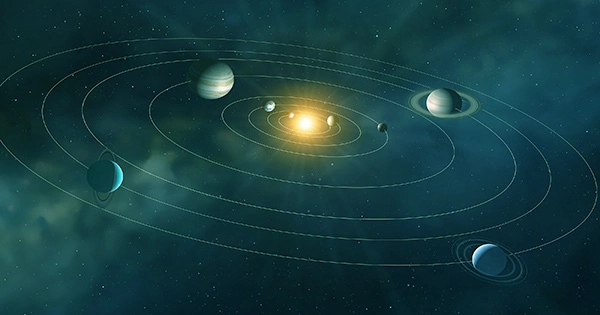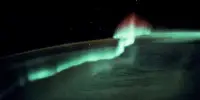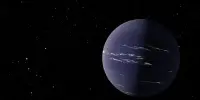According to recent NASA research, several of Uranus’ moons may contain deep seas underneath their ice-capped tops. According to the National Aeronautics and Space Administration research, two of them, Titania and Oberon, may even have water warm enough to host life.
At least 27 moons orbit Uranus, with the four biggest ranging from Ariel, at 720 miles (1,160 kilometers), to Titania, at 980 miles (1,580 kilometers). Scientists have long suspected that Titania, due to its size, would maintain internal heat created by nuclear decay. The other moons were previously thought to be too tiny to maintain the heat required to keep an interior ocean from freezing, especially since heating caused by Uranus’ gravitational pull is just a modest source of heat, according to a NASA press statement.
NASA also announced these new discoveries on Twitter. “I am to the world like a drop of water that seeks another drop in the ocean,” the caption says. According to a new NASA study, four of Uranus’ biggest moons, some of which are named after Shakespeare characters, have an ocean layer between their cores and frozen crusts.”
Published in the Journal of Geophysical Research, the new work could inform how a future mission might investigate the moons, but the paper also has implications that go beyond Uranus, said lead author Julie Castillo-Rogez of NASA’s Jet Propulsion Laboratory in Southern California.
“When it comes to small bodies – dwarf planets and moons – planetary scientists have previously found evidence of oceans in several unlikely places, including the dwarf planets Ceres and Pluto, as well as Saturn’s moon Mimas,” she explained. “There are mechanisms at work that we don’t fully comprehend.” This research looks at what they may be and how they relate to the various things in the solar system that may be rich in water but have little interior heat.”
The study revisited findings from NASA’s Voyager 2 flybys of Uranus in the 1980s and from ground-based observations.
















